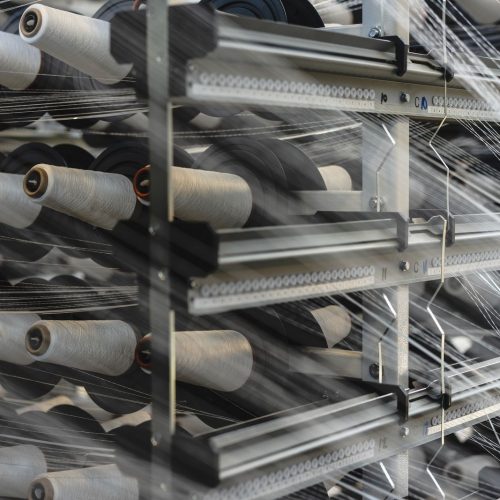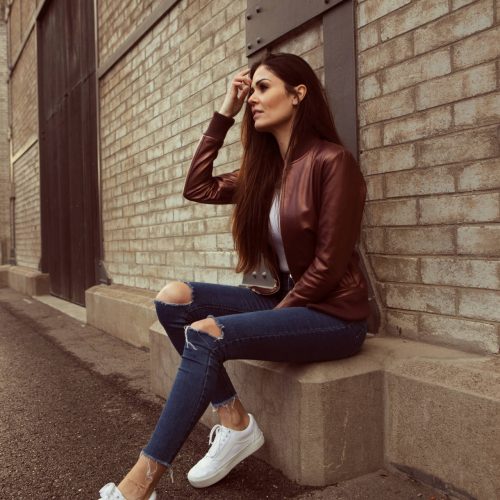Zeroing In On A Zero-Waste Future
Recent estimates suggest the apparel and footwear industries produce upwards of 92 million tonnes of waste each year. Combined with the ever increasing chokehold of fast fashion on consumer spending habits, this number is expected to nearly double – a staggering 134 tonnes of waste per year – by 2030. Responsible brands and companies are starting to rethink their own consumption philosophies, introducing methods of design and production to help promote a more circular fashion economy. Let’s meet them!
To receive the Luxiders newsletter, sign up here.
Waste in the fashion industry generally occurs throughout each of the several stages of production. In the initial phases of fabric selection, brands receive dozens of swatches from vendors which are usually discarded or archived once the collection is complete. Fabrics themselves often also have rich histories of waste – take, for example, leather. Preparing leather for a single pair of leather boots requires an estimated 12,300 liters of water – enough drinking water to last an average person 17 years.
Garment manufacturers and brands traditionally use block patterns to cut their fabrics. The sharp edges and irregular shapes of these pattern pieces – modeled off of the curves of the human body – mean there are gaps between cuts and fabric leftover. These scraps, although seemingly negligible, accumulate over time. GreenPeace suggests that almost 60 billion square meters of textiles used to make clothing ends up on the cutting room floor – nearly 20% of all fabric used. Ultimately, after energy-intensive manufacturing processes, products are coated in single-use packaging and shipped off to respective locations.
A disturbingly high number of these products and textiles end up either in landfills or as overstock, eventually destroyed to make room for new product. Earth org estimates that in America – the second largest contributor to environmental waste – an average consumer throws away over 81 pounds of clothes each year. Of all excess clothing, a disproportionately small percentage – about 1% overall – is actually recycled.
Responsible brands are beginning to shift their own consumption and design philosophies, prioritizing waste reduction and reuse in their practices. One such philosophy, zero-waste, has gained notoriety as of late, becoming one of the many ways through which brands are minimizing their own footprints and preventing their product from ending up in landfills.
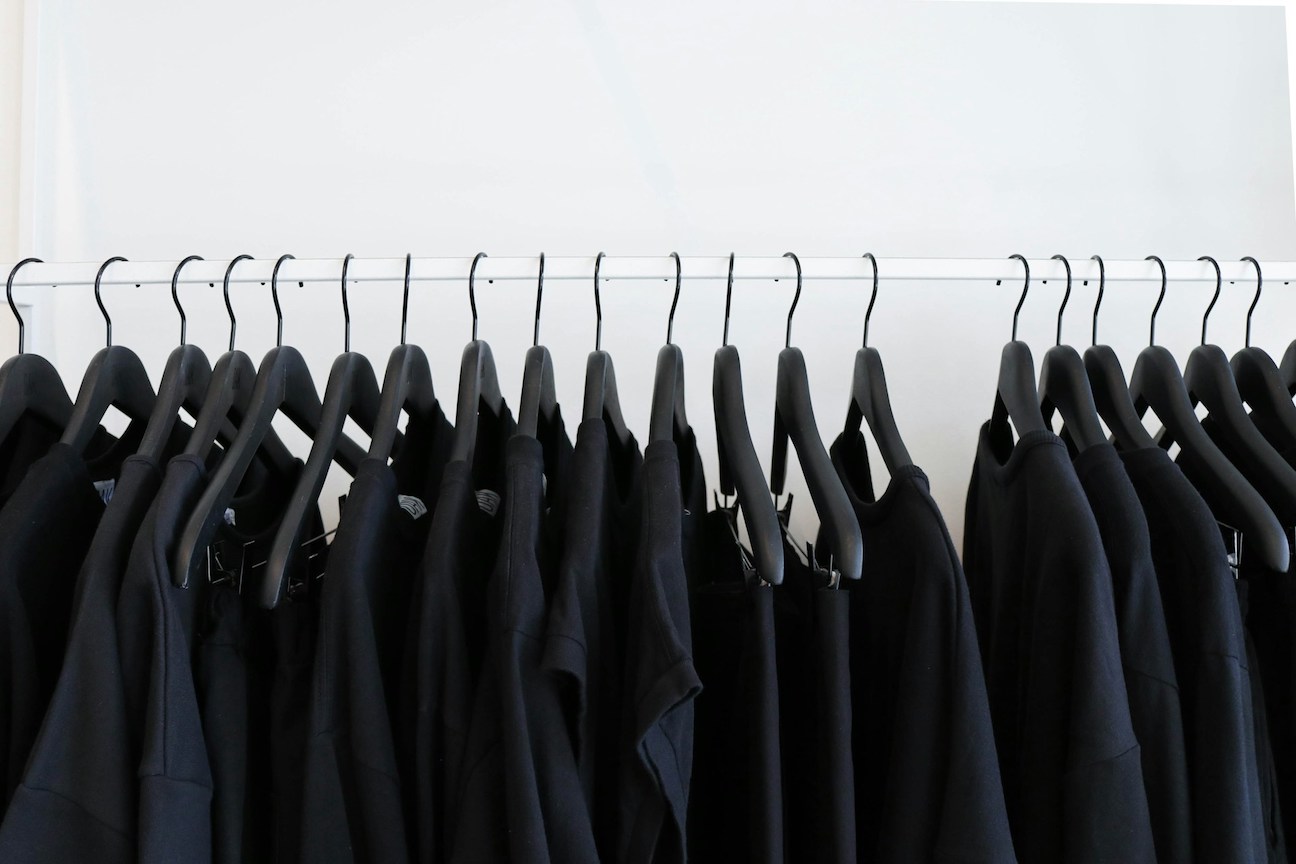
© No Revisions via Unsplash
WHAT IS ZERO-WASTE FASHION?
Zero-waste refers to a general movement towards streamlining production processes to reduce or eliminate waste altogether. With regards to the fashion industry specifically, zero-waste is split into two categories – pre-consumer design and post-consumer waste management. The first pertains to eliminating waste during the manufacturing of clothing – such as through smarter textile selections and better yardage utilization – while the latter applies to the removal of landfill waste, specifically through recycling clothing and textiles. Together, these two concepts promote a circular fashion economy, extending the lifecycle of products and enabling a rotation of pre-existing goods rather than encouraging the continual production of new ones.
While the goal is always the same – lessen the environmental burden of fashion waste –, zero-waste practice looks different to every designer. Brands are consistently finding new ways to engage with the principle, introducing innovative methods of waste reduction within their work. As highlighted below, many designers are beginning to leverage exciting new technologies as they move their practices towards a more sustainable future of being.
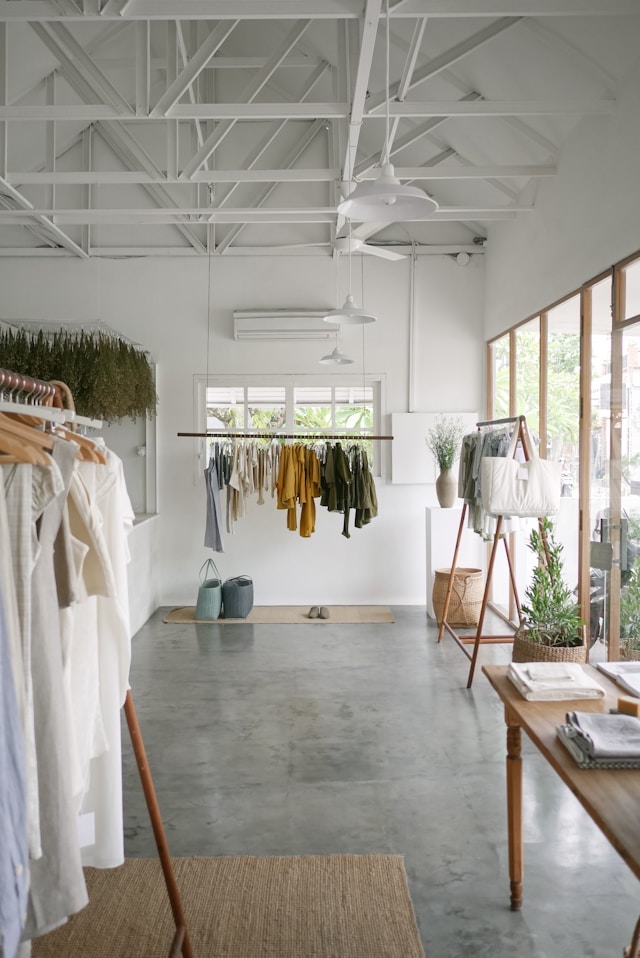
© Valeria Odnovol via Unsplash
MADE-TO-ORDER
When a brand sells “made-to-order” apparel, they are only actually producing garments once a customer order is placed, rather than housing excess stock that might never sell. Traditionally regarded as a practice unique to haute couture designers and ateliers, the made-to-order model has since made its way into mainstream consciousness, becoming one of the main slow fashion practices among zero-waste designers. Since garments are made to meet customer demand, made-to-order companies eliminate the issue of surplus – where a percentage of saleable clothing ends up destroyed or in landfills at season’s end. The overall effect is a deceleration of production in the industry, offsetting some of the negative consequences of faster fashion brands and mass production-oriented companies.
The made-to-order model also helps smaller brands by reducing upfront costs, allowing them to dedicate more resources towards sourcing sustainable textiles and factories. Slower and more curated production means that brands can afford to partner with more ethical factories, since they do not need nearly as much product and do not work within the same time constraints.
While the custom clothes market will likely never fully replace fast fashion, projections suggest that the movement will reach a market value of $4.3 billion by 2025. Many small and medium-sized brands are continuing to shift their practices away from mass production models and, instead, towards one that creates a more unique, sustainable, and quality-driven experience for their customers.
APOC Store is among the many organizations encouraging this shift towards sustainable design methods. Launched by Ying Suen and Jules Volleberg in 2020 to help emerging creatives at the onset of the pandemic, APOC Store is a strictly digital marketplace where all highlighted products are carefully curated. In bold, next to each product title, reads the words “made-to-order.”
As is outlined on the website, APOC is “devoted to curating and sourcing progressive and consciously-created pieces.” Recruited designers are unburdened by typical industry standards and are able to create their own business models – whether they want to produce in small, saleable batches, or simply commission pieces as ordered. APOC store is a prime example that made-to-order criteria do not restrict designers, but rather allow a sort of exploration that isn’t often common in overly productive businesses. The world of APOC is one of limitless creativity, and featured designs include pieces like upcycled tapestry corsets by Kristin Mallison, beehive inspired hats by Hurtence, and rhinestone-embellished plush animal purses by Lou de Bètoly.
WARDROBE TRACKING
It is categorically easy to fall into fashion’s capitalist trap – clothing is more readily accessible than it has ever been before and, thanks to modern methods of mass-production, clothing can be purchased at all-time low costs. When we want a pair of shoes, we have thousands – perhaps, tens of thousands – of options to choose from. The latest styles are constantly dangled in front of our eager eyes – a gumball to a lab rat – so even if we already have several pairs of leather boots, it can feel like that one other pair feels, somehow, necessary.
An early TikTok trend of 2024, the 75 Hard Challenge encouraged users to make a series of healthy lifestyle changes – exercising more, sticking to a diet, and reducing alcohol intake – for 75 consecutive days. Inspired by the reaction to this challenge, a new form of 75 Hard emerged – one pertaining specifically to fashion-based choices. Among the highlighted specifications, the 75 Hard Style edition encouraged participants to get creative with their closets, seeking inspiration for new looks from previously owned clothing instead of making impulse buys. This challenge, which was widely accepted by social media fashionistas (just look at all of the 75 hard style challenge hashtags as you scroll through the app), forced users to assess the necessity of past purchases and question their consumption strategies moving forward.
Wardrobe tracking as a reflective measure is now entering mainstream media The idea behind it is simple – get a more comprehensive view of the clothing that you wear, and of the clothing you can do without. Several applications, including Save Your Wardrobe and Whering, allow consumers to keep digital inventories of their clothing and track their use. While applications vary slightly, most have users document information such as the price, brand, material, and category of their apparel, as well as some sort of measure through which users can record the use of each piece over time. The application then generates garment and category performance data, which can be directly harnessed by consumers to make informed buying decisions.
Wardrobe tracking is an easy way for consumers to hold themselves accountable for their own environmental footprints. Information relayed by tracking applications can help users identify gaps in their closets, as well as the areas where their closets are oversaturated or underused. Brands can also engage with these apps, disclosing information about origin or manufacturing details of their designs. The two-way use of these applications will likely facilitate greater transparency between brands and the communities they serve, making it easier for consumers to shop consciously and sustainably.
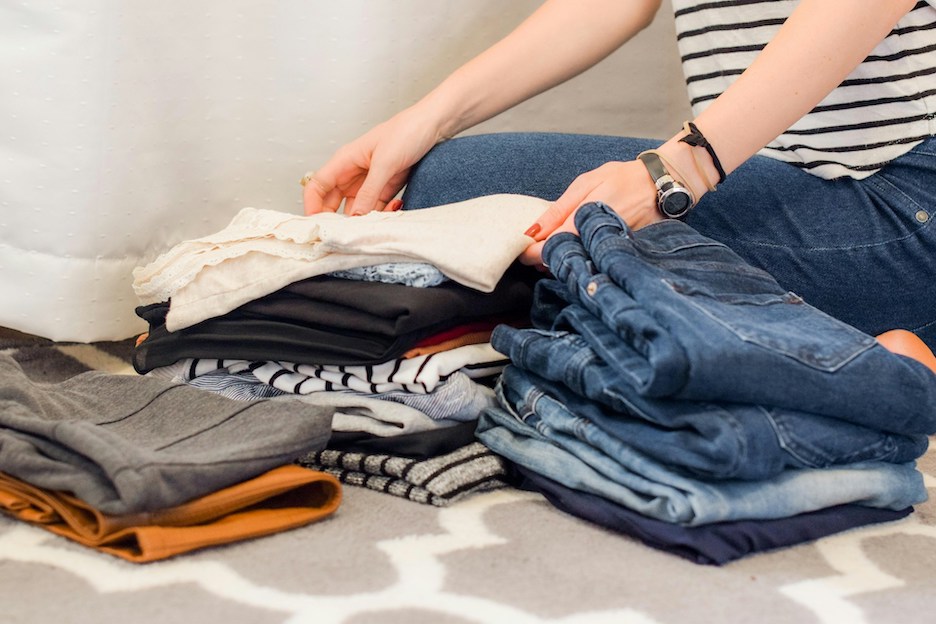
© Sarah Brown via Unsplash
MOBILE BODY SCANNING
Online shopping has changed the ease with which consumers can purchase a broad range of products. Although convenient, this method of shopping presents consumers with a series of unique challenges – for example, successfully gauging the fit and size of purchased garments. Unlike in-person shopping, online shopping doesn’t traditionally allow consumers to try products on, a disconnect which often leads to items being either returned – contributing to ongoing carbon emissions – or discarded – further saturating landfills. Proposed as a counter to heightened return rates, some brands are offering consumers a way to shop more reliably online through the introduction of body scanning technology.
An AI inspired solution to generative waste, mobile body scanning applications allow companies to better cater clothing to their audiences. One sustainable startup, Unspun, is using this technology to help customers order seamlessly fitting made-to-order jeans. Customers are first asked to create a body profile online on Unspun’s free application. As a camera device captures real-time images, an underlying augmented reality technology generates a 3D model of the users’ legs. Combined with previously selected data on desired jean style and fit, these jeans go through hundreds of iterations before the perfect fit is decided upon and the information relayed to manufacturers.
If broadly implemented, Unspun’s application would virtually replace the need for in-store fitting room experiences and, in turn, the need for excess inventory. As the industry currently stands, over 100 billion garments are produced every year – 85% of which is estimated to end up as landfill waste. An average of 30% of clothing produced remains unsold at the end of each season, which again is either sent to landfills or burned. The work of companies like Unspun pave the way for a less inventory-dependent future, questioning the necessity of mass-production as an industry norm.
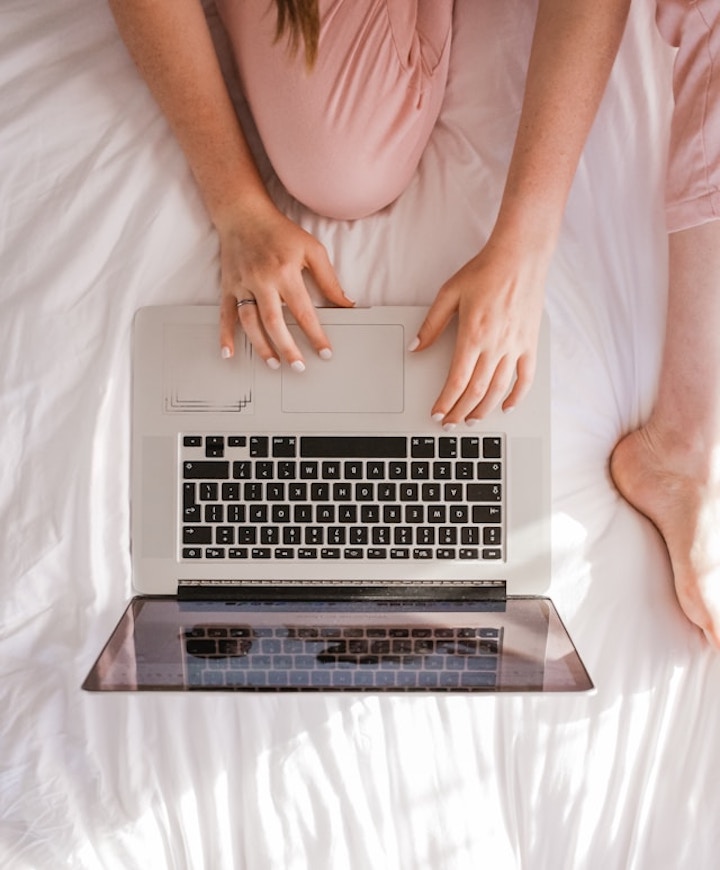
Dublin © Paul Costello via Unsplash
3D SAMPLING
Brands traditionally go through a lengthy, multi-step process before ever receiving the final product. Throughout the earlier stages of design and development, samples act as a vessel through which brands can experiment with the construction, fit, and overall appeal of a garment before signing off on full production. Samples – or proto-type garments made according to a series of designer-set specifications – may undergo several iterations before finally getting sent to manufacturers, making the process particularly wasteful.
3D sampling and design applications have provided designers with a unique capacity to visualize their product – with regards to silhouette, color, proportions, etc – before placing orders. Brands can leverage this technology to digitize, plan, and correct patterns faster and more efficiently than more traditional, manual sample production methods. Modifications to sample patterns, trims, textiles, or measurements can be done virtually without needing to cut any fabrics or generate any waste.
When paired with innovative AR softwares, 3D samples can also be virtually tried on by consumers before being purchased. Recent collaborations between companies like Farfetch, Prada, Poshmark, and Snapchat allow users to interact virtually with real-life products. Snapchat users stand in front of their cameras while underlying AR tech maps a realistic virtual representation of the product over the real-world user image. In this way, users can gauge how products – ranging from tops and pants, to bags and bracelets – would look on their bodies and make an informed purchase decision.
YourFit, an application developed by 3DLook, offers consumers the ultimate virtual try-on experience. As inscribed on their website’s homepage, YourFit “delivers the world’s first virtual fitting room that combines personalized size and product recommendations, and try-on with one simple tap.” Through a series of simple body scans, YourFit can make predictions about which sizes of clothing will best fit one’s body, and allows consumers to virtually try pieces on.
Customer demands are changing – sustainability is no longer the season’s latest trend, but rather represents a shift in common industry practice. As such, brands must continue to propel themselves away from the wasteful practices of industry past, and towards environmentally conscious lines of creation and thought. Zero-waste – and additional, lesser-waste policies – are the future of fashion, and it is time the industry catches up.
Highlight Image:
@ Unsplash, Andrej Lisakov
+ Words:
Tori Palone
Luxiders Magazine

